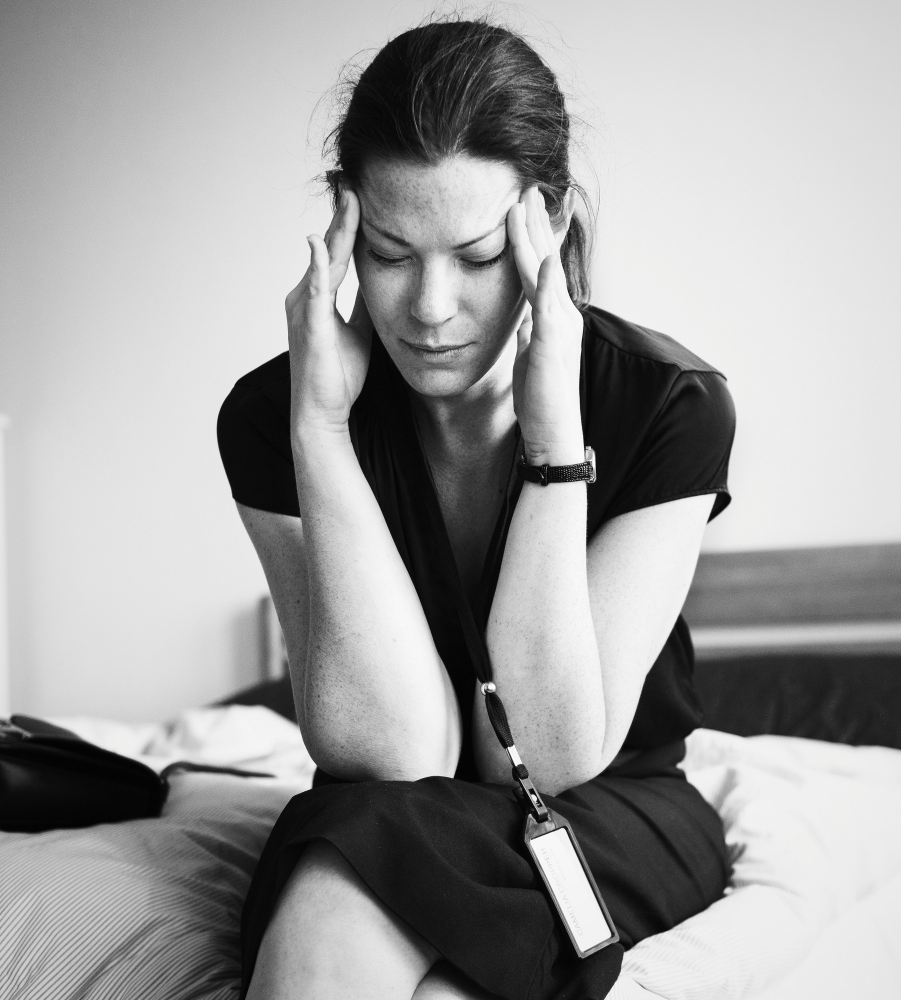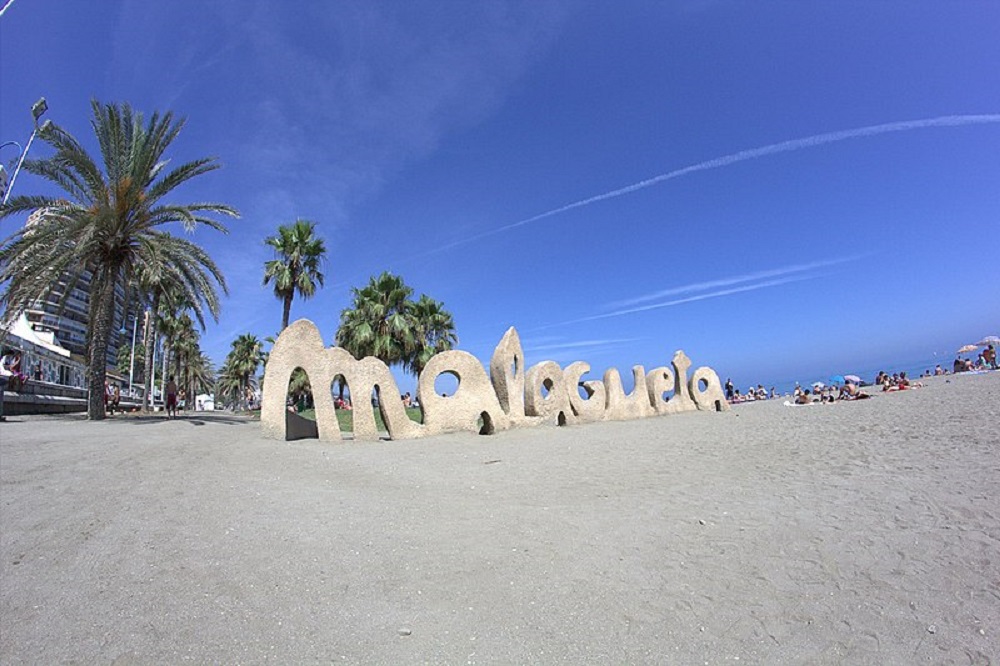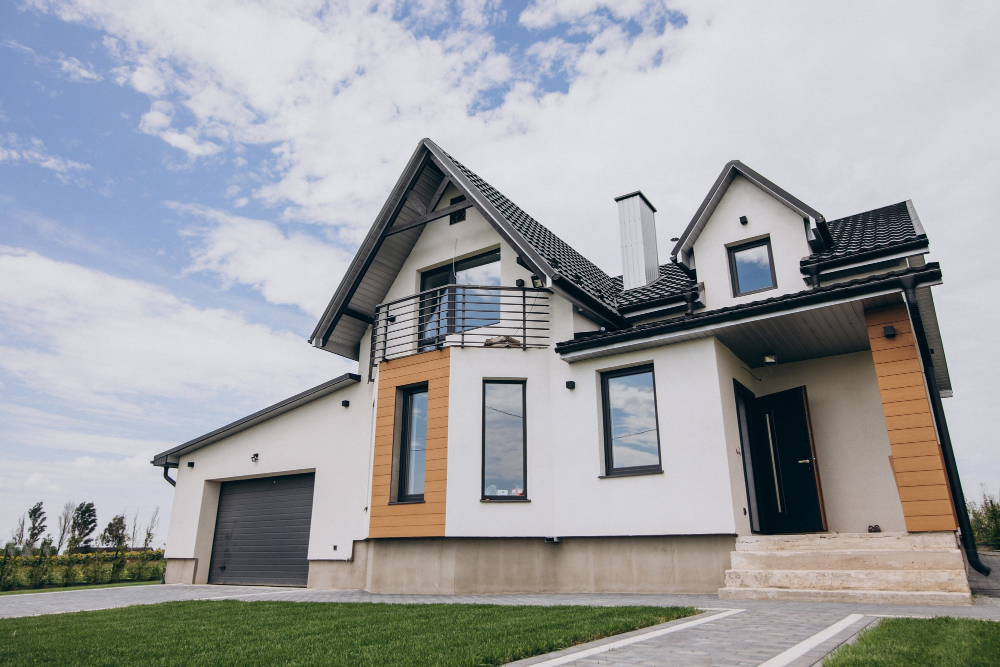Bienvenidos! As an experienced real estate agent, I’ve had the privilege of assisting countless individuals in their journey to find a new home in the beautiful country of Spain. Whether you’re considering moving to the bustling streets of Madrid, the sun-soaked beaches of Malaga, or the artistic hub of Barcelona, this guide will provide you with all the necessary information to make your dream a reality.
Understanding the Spanish Housing Market
Before diving into the process of buying a house in Spain, it’s essential to understand the Spanish housing market. Spain’s real estate market is diverse, with a wide range of properties available, from modern city apartments to traditional villas in the countryside. Prices vary significantly depending on the location and type of property, so it’s crucial to research and set a realistic budget.


The Process of Buying a House in Spain
The First Step in Buying a House in Spain: Comprehensive Research and Planning
Embarking on the journey to buy a house in Spain is an exciting endeavor. It’s a process that involves more than just selecting a property; it’s about immersing yourself in a new culture and lifestyle. The first step in this journey is to conduct thorough research.
Understanding the local market is crucial. Spain’s real estate market is diverse and can vary significantly from one region to another. Therefore, it’s essential to familiarize yourself with the market conditions in your preferred locations. This includes understanding the average property prices, the demand and supply dynamics, and the potential future developments that could impact property values.
Identifying your preferred locations is another critical aspect of the planning process. Spain offers a wide range of locales, each with its unique charm and lifestyle. From the bustling city life in Madrid to the relaxed beachside living in Costa del Sol, there’s something for everyone. Therefore, it’s important to consider your lifestyle preferences, needs, and long-term plans when choosing your location.
Setting a realistic budget is equally important. Property prices in Spain can vary widely based on the location, type of property, and its condition. Therefore, it’s essential to set a budget that not only allows you to purchase the property but also covers other associated costs such as taxes, fees, and maintenance costs.
During this stage, it’s also beneficial to start building your network in Spain. This could include real estate agents, legal advisors, and even locals who can provide valuable insights and advice. Building these relationships early on can make the process smoother and more successful.
In conclusion, the first step in buying a house in Spain is all about preparation. By conducting thorough research, identifying your preferred locations, setting a realistic budget, and building your network, you can set a solid foundation for your property buying journey in Spain.
Looking to Learn Spanish? We’ve Got You Covered
The Best Intensive Spanish Classes in the World’s Top Cities


Buenos Aires: Great City, Great Classes.


Malaga: Where Study Meets the Beach.
Embark on Your Spanish Classes Today: Click Here


Your Own City: Online Classes.
Embark on Your Online Spanish Classes: Click Here
The Next Step in Buying a House in Spain: Finding the Right Property
Once you’ve conducted your research, set your budget, and have a clear idea of what you’re looking for, the next step in the process is to find a property that fits your criteria. This stage of the process is where your preparation and planning start to pay off, but it also requires patience and persistence.
Finding the right property can be done through various channels. Online property portals are a great starting point. They offer a wide range of listings and allow you to filter properties based on your preferences, such as location, price, size, and type of property. Some popular property portals in Spain include Idealista, Fotocasa, and Habitaclia. These platforms provide detailed property descriptions, photos, and often include contact information for the property owner or agent.
Local newspapers can also be a valuable resource. They often have property listings, particularly in their weekend editions. While the number of listings may not be as extensive as online portals, they can sometimes include properties that aren’t listed elsewhere.
Real estate agencies are another excellent resource. Working with a local real estate agent can provide several benefits. As an Agente Inmobiliario, I can attest to the value of this approach. Local agents have in-depth knowledge of the Spanish property market and can provide valuable insights that you might not find online. They can guide you through the process, help negotiate prices, and ensure all legal requirements are met.
When working with an agent, it’s important to find someone you trust and feel comfortable with. They should understand your needs and preferences and be able to provide properties that match your criteria. Remember, the agent works for you, and their primary role is to help you find the perfect property.
In conclusion, finding the right property in Spain is a process that requires time and effort. By utilizing various resources and working with a local real estate agent, you can navigate the Spanish property market effectively and find a property that not only meets your criteria but also feels like home.
Step 3: Conducting Legal Checks and Surveys
After you’ve found a property that meets your criteria and interests, the next crucial step is to conduct legal checks and surveys. This is an essential part of the process that ensures the property you’re interested in is legally sound, free of debts, and in good condition.
Verifying the Property’s Legal Status
The first thing you should do is verify the property’s legal status. This involves checking the property registry to ensure that the person selling the property is indeed the legal owner and has the right to sell it. It’s also important to check that there are no legal disputes or claims on the property that could complicate the sale.
Checking for Outstanding Debts
In Spain, any debts tied to a property, such as unpaid taxes or community fees, are passed on to the new owner. Therefore, it’s crucial to check if there are any outstanding debts on the property. This can be done by requesting a ‘nota simple’ from the property registry, which will show any charges or liens against the property.
Property Surveys
Finally, it’s highly recommended to have a survey done on the property to ensure it’s in good condition. A survey can reveal potential issues, such as structural problems or necessary repairs, that might not be immediately apparent. While this may incur an additional cost, it can save you from costly repairs down the line.
Remember, conducting thorough legal checks and surveys is not just a box-ticking exercise. It’s a crucial step that protects you from potential legal and financial issues in the future. It’s always a good idea to engage the services of a lawyer who is familiar with Spanish property law to guide you through this process. They can ensure all checks are carried out correctly and help you understand any potential issues that arise.
Step 4: Securing Financing for Your Property
If you’re not planning to buy the property outright, securing financing is the next crucial step in the process. This typically involves applying for a mortgage. In Spain, both residents and non-residents can apply for a mortgage, but the conditions and requirements may vary.
Applying for a Mortgage
When applying for a mortgage in Spain, you’ll need to provide several documents, including proof of income, employment details, and information about any existing debts. The bank will use this information to assess your financial situation and determine your eligibility for a mortgage.
It’s important to shop around and compare offers from different banks. The terms of the mortgage, including the interest rate, the term of the loan, and the type of interest (fixed or variable), can vary significantly from one bank to another.
Financing for Non-Residents
If you’re a non-resident looking to buy a property in Spain, it’s important to note that you may face stricter requirements. While it’s possible to get a mortgage as a non-resident, Spanish banks often require a larger down payment and may charge higher interest rates. The maximum amount you can borrow is also typically lower for non-residents.
In addition to the standard documents required for a mortgage application, non-residents will also need to provide a foreigner identification number (NIE), proof of residence in their home country, and sometimes proof of a Spanish bank account.
Considerations
Securing financing for a property is a significant commitment, so it’s crucial to ensure you fully understand the terms of the mortgage and are comfortable with the repayments. It’s also a good idea to factor in additional costs, such as property taxes, insurance, and maintenance costs, when calculating your budget.
Remember, while securing financing can be a complex process, it’s an essential step in buying a property. With careful planning, thorough research, and the right advice, you can navigate this process successfully and secure the financing you need to buy your dream home in Spain.
Step 5: Completing the Purchase
The final step in the buying process is completing the purchase, which is a significant milestone in your property buying journey. This step involves several key actions, including signing the contract, paying the agreed-upon price, and transferring the property title.
Signing the Contract
Once you’ve secured financing and all the legal checks and surveys have been completed, the next step is to sign the purchase contract. This contract, known as the “Contrato de Compraventa”, outlines the terms and conditions of the sale. It includes details such as the agreed-upon price, the payment schedule, and the date of completion.
Before signing the contract, it’s crucial to read it carefully and ensure you understand all the terms and conditions. If there’s anything you’re unsure about, don’t hesitate to ask for clarification.
Paying the Agreed-Upon Price
After signing the contract, the next step is to pay the agreed-upon price. This usually involves paying a deposit, followed by the remaining balance on the completion date. The payment should be made using a method that provides a clear record of the transaction, such as a bank transfer.
Transferring the Property Title
The final step in the buying process is the transfer of the property title. This is done at a notary’s office, where the buyer and seller sign the title deed, known as the “Escritura Publica”. The notary then registers the new deed with the Spanish Land Registry, officially transferring the ownership of the property to the buyer.
The Role of a Lawyer
While it’s possible to complete the purchase process on your own, it’s highly recommended to have a lawyer present. A lawyer who is familiar with Spanish property law can provide valuable advice, ensure all documents are correct, and help prevent any legal issues down the line.
In conclusion, completing the purchase is a complex but rewarding process. By understanding each step and having the right support, you can navigate this process successfully and become the proud owner of a property in Spain.


Necessary Documents for Buying a House in Spain
When purchasing a property in Spain, there are several key documents that you will need to have on hand. These include:
NIE Number (Número de Identificación de Extranjero)
This is a foreigner’s identification number in Spain. It’s a requirement for all major transactions, including buying a property. You can apply for an NIE number at a local police station or through the Spanish embassy or consulate in your home country.
Learn more about NIE here: https://vamospanish.com/discover/how-to-obtain-your-nie-in-spain-a-comprehensive-guide/
Proof of Funds: A Crucial Step in Buying a Property in Spain
Before you can purchase a property in Spain, one of the most critical steps is to provide proof of funds. This is an essential requirement that assures the seller and any involved real estate agents that you have the financial means to purchase the property.
What is Proof of Funds?
Proof of funds is a document or set of documents that verifies a buyer’s financial ability to complete a property purchase. It’s a way of demonstrating that you have enough money to cover the cost of the property. This can be in the form of liquid assets, such as savings, or a mortgage approval from a bank.
Types of Proof of Funds
There are several types of documents that can serve as proof of funds:
- Bank Statements: These are the most common form of proof of funds. They show your current balance and banking history. It’s important to note that the statement should be recent, typically within the last 30 days.
- Mortgage Approval: If you’re planning to finance the property purchase with a mortgage, the approval letter from the bank can serve as proof of funds. This letter indicates that the bank is willing to lend you a certain amount of money to purchase the property.
Where to Obtain Proof of Funds
The process of obtaining proof of funds depends on the type of proof you’re providing:
- Bank Statements: You can request a bank statement from your bank. This can usually be done online, in-person at a branch, or over the phone. Some banks may also provide a specific proof of funds letter upon request.
- Mortgage Approval: To obtain a mortgage approval, you’ll need to apply for a mortgage from a bank. This process involves providing the bank with various financial documents, such as proof of income, credit history, and details of your current debts. The bank will then assess your financial situation and determine whether to approve your mortgage application.
Remember, providing proof of funds is a crucial step in the property buying process. It not only demonstrates your financial ability to purchase the property but also shows the seller that you’re a serious buyer. Therefore, it’s important to ensure your proof of funds is accurate, up-to-date, and readily available when you’re ready to make a property purchase.
Property Registry Extract (Nota Simple)
In the process of buying a property in Spain, one of the most important documents you’ll come across is the Property Registry Extract, also known as the “Nota Simple”. This document provides crucial information about the property you’re interested in and can help you avoid potential legal issues down the line.
What is a Nota Simple?
A Nota Simple is an official document issued by the Spanish Property Registry. It provides detailed information about a specific property, including:
- The current owner of the property
- The exact boundaries and size of the property
- Any debts or liens on the property, such as mortgages or unpaid taxes
- Any legal issues or restrictions related to the property, such as building restrictions or rights of way
Why is a Nota Simple Important?
Reviewing the Nota Simple is a crucial step in the property buying process. It allows you to verify the legal status of the property and ensure there are no outstanding debts or legal issues that could affect your ownership of the property. For example, if the property has an unpaid mortgage, the debt could be passed on to you as the new owner.
How to Obtain a Nota Simple
You can request a Nota Simple from the Spanish Property Registry. This can be done online or in person at a local registry office. To request a Nota Simple, you’ll need to provide the property’s registry information, which can usually be obtained from the property owner or real estate agent.
Once requested, the Nota Simple can take a few days to a week to be issued. There is a small fee for this service, which varies depending on the region and the method of request.
In conclusion, the Nota Simple is a vital document when buying a property in Spain. By providing detailed information about the property, it allows you to make an informed decision and helps ensure a smooth and successful property purchase. As always, it’s recommended to seek legal advice if you’re unsure about any aspect of the property buying process.
Understanding the Purchase Agreement (Contrato de Compraventa)
The Purchase Agreement, known in Spain as the “Contrato de Compraventa”, is a vital document in the property buying process. It’s the legal contract between the buyer and the seller that outlines the terms and conditions of the property sale.
What is a Contrato de Compraventa?
The Contrato de Compraventa is a legally binding agreement that sets out the terms of the property sale. It’s typically prepared by a lawyer or notary and signed by both the buyer and the seller.
The contract should include key details about the sale, including:
- The full names and identification details of the buyer and seller
- A detailed description of the property
- The agreed purchase price
- The payment terms, including the deposit amount and the schedule for the remaining payments
- The date of completion, when the property title will be transferred
- Any other terms or conditions agreed upon by the buyer and seller
Why is the Contrato de Compraventa Important?
The Contrato de Compraventa is important because it legally binds the buyer and seller to the terms of the property sale. If either party fails to fulfill their obligations under the contract, the other party may have legal recourse.
For the buyer, the contract provides assurance that the seller will transfer the property title once the purchase price is paid. For the seller, it ensures that the buyer will pay the agreed price according to the payment schedule.
Reviewing the Contract
Before signing the Contrato de Compraventa, it’s crucial to review it carefully and ensure you understand all the terms and conditions. If there’s anything you’re unsure about, don’t hesitate to ask for clarification or seek legal advice.
Remember, buying a property is a significant investment, and the Contrato de Compraventa is a key part of this process. By understanding what this contract is and what it should include, you can ensure your interests are protected and navigate the property buying process with confidence.
Understanding the Title Deed (Escritura)
The Title Deed, known as “Escritura” in Spain, is one of the most important documents in the property buying process. It’s the official document that proves ownership of a property and is essential for the transfer of property from the seller to the buyer.
What is an Escritura?
The Escritura is a public document issued by a Spanish notary that contains the details of the property and its ownership. It’s the final document in the property buying process and is signed by both the buyer and the seller in the presence of a notary.
The Escritura should include:
- A detailed description of the property
- The identity of the seller and the buyer
- The purchase price
- Any mortgages or liens on the property
- The method of payment
Why is the Escritura Important?
The Escritura is important because it’s the official record of property ownership. Once it’s signed and registered, the buyer legally becomes the new owner of the property.
The Escritura is also important for other reasons. For example, if you ever decide to sell the property, you’ll need the Escritura to prove your ownership. It’s also required for certain administrative procedures, such as setting up utilities or paying property taxes.
Registering the Escritura
After the Escritura is signed, it needs to be registered with the Spanish Land Registry. This is a crucial step because it makes the change of ownership public record and provides legal protection for the new owner.
The notary will usually handle the registration process, which involves submitting the Escritura and paying the registration fees. Once registered, the Land Registry will issue a new Escritura with the buyer’s name as the owner.
In conclusion, the Escritura is a key document in the property buying process in Spain. By understanding what it is and its importance, you can ensure a smooth and successful property transfer. As always, it’s recommended to seek legal advice if you’re unsure about any aspect of the property buying process.
Applications That Aid the Home Buying or Renting Process in Spain
In the digital age, there are numerous applications designed to simplify the process of buying or renting a home. Here are a few that can be particularly helpful in Spain:
Idealista
Idealista is one of the most popular real estate platforms in Spain. It offers a comprehensive database of properties for sale and rent across the country. You can filter your search based on various criteria, such as location, price, size, and type of property. The app also provides detailed property descriptions, photos, and contact information for the property owner or agent.
Fotocasa
Fotocasa is another widely used real estate app in Spain. Similar to Idealista, it allows you to search for properties based on your preferences. One unique feature of Fotocasa is its neighborhood guides, which provide valuable insights into different areas, including local amenities, average property prices, and community reviews.
Habitaclia
While not as well-known as Idealista or Fotocasa, Habitaclia is a great resource for finding properties in Catalonia. The app offers a wide range of properties and includes a handy mortgage calculator.
Kyero
If you’re specifically looking for properties in the Spanish sun, Kyero is the app for you. It focuses on properties in popular coastal regions and islands, including the Costa del Sol, Costa Blanca, and the Balearic and Canary Islands.
Badi
For those looking to rent rather than buy, Badi is a useful app. It’s designed to help people find roommates and rooms for rent in major cities like Barcelona, Madrid, and Valencia.
Remember, while these apps can be incredibly useful tools, they should be used in conjunction with other resources, such as a trusted real estate agent, to ensure you’re getting the most accurate and up-to-date information.
Getting to the end…
Moving to Spain and buying a house there is an exciting journey that goes beyond just acquiring a new property. It’s about immersing yourself in a vibrant culture, embracing a different lifestyle, and potentially, learning a new language.
As an real state agent, I’ve provided this guide to help you navigate the process of buying a house in Spain with confidence. But remember, this journey is not just about the destination – it’s also about the experiences along the way.
In conclusion, buying a house in Spain is a significant step, but it’s also the start of a new chapter filled with exciting opportunities. So, as you embark on this journey, embrace the experiences, learn spanish , and truly make Spain your home. ¡Buena suerte!




